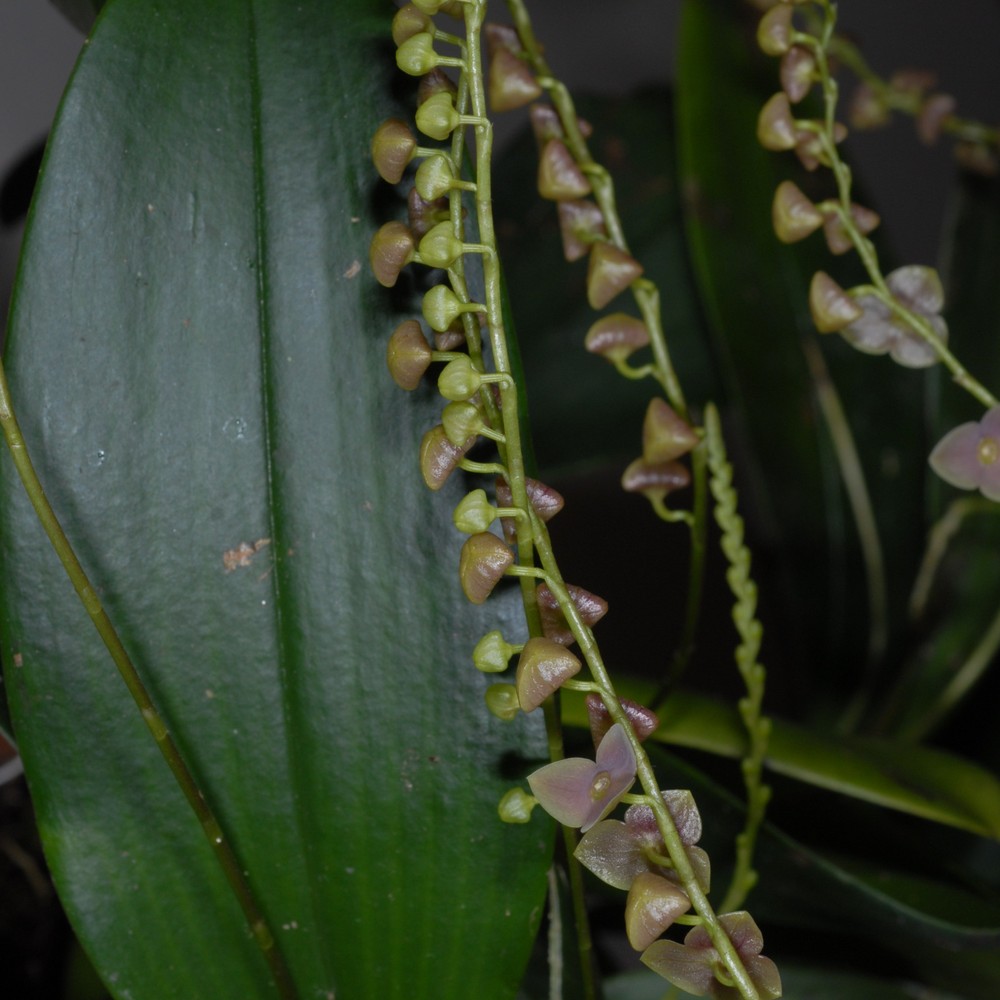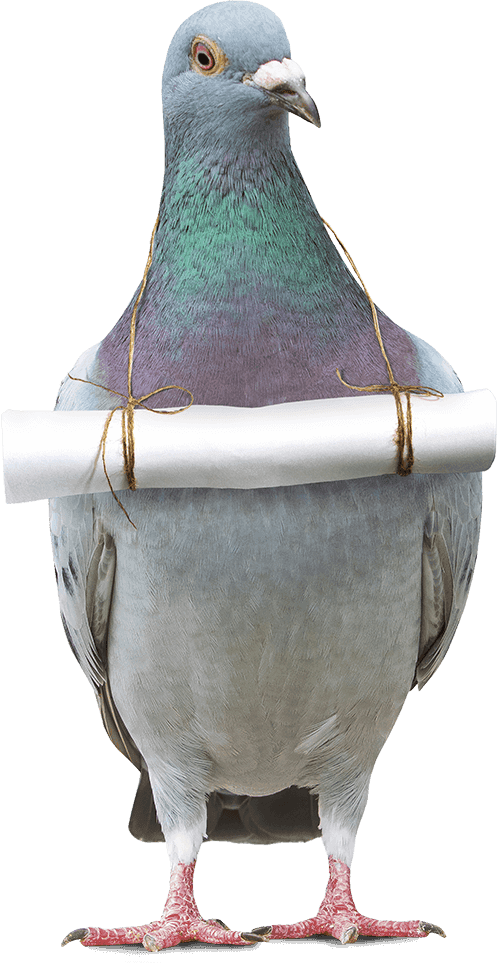Leach orchids
(Stelis argentata)

Description
Stelis argentata, commonly known as the silvery stelis, is a species of orchid of the genus Stelis. It is found in Central America. It has stems of 15 mm (1⁄2 in) flowers. Stelis, or leach orchids, is a large genus of orchids, with perhaps 500 species. The generic name Stelis is the Greek word for 'mistletoe', referring to the epiphytic habit of these species. These mainly epiphytic (rarely lithophytic) plants are widely distributed throughout much of South America, Central America, Mexico, the West Indies and Florida. Many of the older species were named by Lindley, Ruiz & Pavon and Reichenbach, while many of the recent species were named by Dr. C. Luer. An orchid of the genus Stelis was probably the first American orchid ever to be brought to Europe. An herbarium specimen was depicted in 1591 in Tabernaemontanus' herbal book. A single oblanceolate leaf develops from narrow, leathery outgrowths from a creeping stem. Most species grow long, dense racemes of small to minute flower in diverse shades of white. Other colors are rare. These flowers are photosensitive, only opening in the sunlight. Some close completely at night. The three symmetrically rounded sepals generally form a triangle with a small central structure, made up of the column, small petals and small lip, though slight variation to this theme does occur. This genus is not common in cultivation. Cladistic research (by A. Pridgeon, R. Solano and M. Chase) has shown that the genus Stelis is monophyletic. But the distinction with several Pleurothallis subgenera is blurred (see Reference). They are closely related to the massive genus Pleurothallis and Masdevallia. Although vegetatively the species show much variety, the flowers show a basic uniformity and are very similar throughout. Apatostelis Garay, Dialissa Lindl., Humboldtia Ruiz & Pav. and Steliopsis Brieger are generally included into Stelis. The genus Stelis was discovered with Charles Plumier, a French priest and botanist who was sent by Louis XIV, King of France, to study the flora of the Antilles in around 1690. He collected numerous species in Dominica (Caribbean island) and other islands, and published his findings in a catalogue called Nova Plantarum Americanarum Genera in 1703.
Taxonomic tree:







